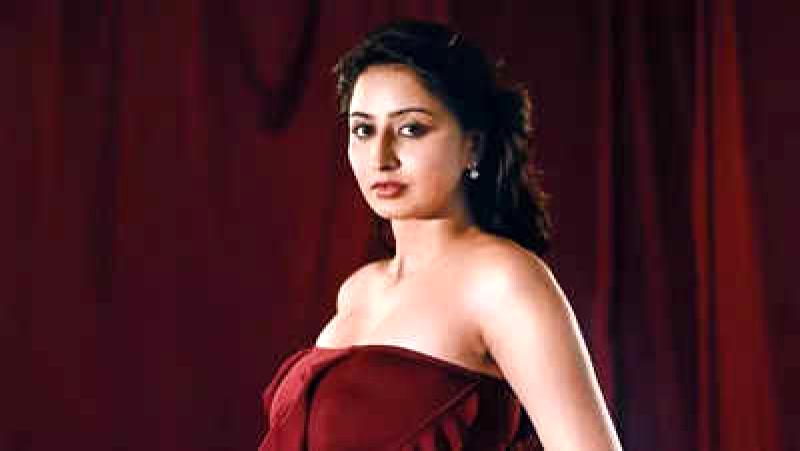
On the screen, women are celebrated as ‘sheroes’. However, behind the scenes, women working in the Kannada film industry face challenges in asserting their space and voice. While their performances, costumes, makeup, and hairstyles garner attention and praise, the women responsible for the glamour often struggle to access basic amenities on film sets, such as washrooms. The issue of pay disparity is also significant. Over the past decade, the industry has evolved significantly, with a notable increase in the number of women working on film sets in various roles like stylists, choreographers, and cinematographers. Despite this progress, the industry infrastructure remains predominantly tailored for men, reflecting a lack of inclusivity. Women in the industry continue to face everyday sexism, prompting some to adapt and hope for a better future, while others opt to work independently. Here are the perspectives of these women:
Challenges for Female Technicians: Makeup Artist
The makeup industry is largely controlled by male makeup artists known as ‘make-up dadas’, including the dominant association for makeup artists. Women in the field are often belittled and face patriarchal attitudes that view men as superior due to their generational experience. If you work through the association, the daily pay can be as low as ₹2,000-3,000, compared to earning around ₹15,000-20,000 independently. While female leads now request specific makeup artists, women may still need to work under a man assigned by the association. This arrangement can lead to uncomfortable situations on sets where male assistance may be required for tasks like zipping up outfits or cleavage makeup, undermining the autonomy of the female artist.
Actresses like Vydurya Lokesh, a make-up artist, are often only considered for smaller projects, according to a screenplay writer. Producers frequently inquire if a script is women-centric, assuming that women are only capable of creating low-budget or non-commercial films. This stereotype limits opportunities for women in the industry. For example, a producer once suggested that a female director add a male director's name to attract audiences to theaters. Women in various roles, such as photographers and stylists, also face challenges. They often encounter gender bias, like clients preferring to pay male assistants instead of women, or being denied basic needs while working on film sets. Despite some progress towards inclusivity in the industry, women continue to struggle for equal treatment and basic rights.More female voices need to be heard in the industry, especially when it comes to voiceover work. The imbalance is evident as women often receive fewer dialogues in movies, leading to a scarcity of opportunities for female dubbing artists compared to their male counterparts. The lack of women-centric films and solo songs featuring female singers further underscores the need for more female representation on screen. Singer and voiceover artiste Sparsha RK emphasizes the importance of amplifying women's voices in the entertainment industry.










